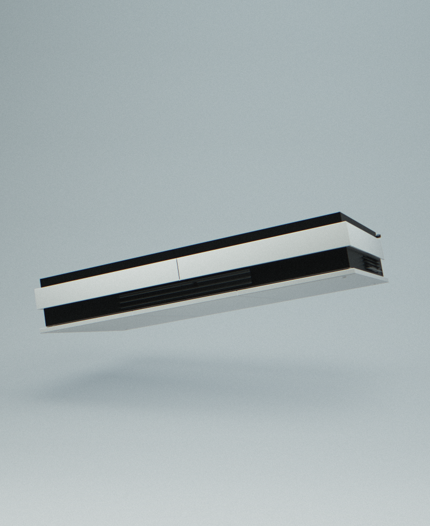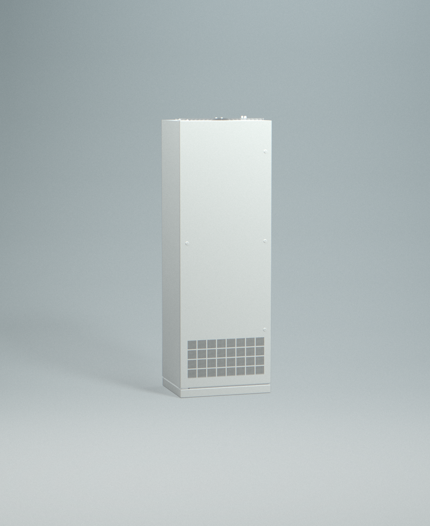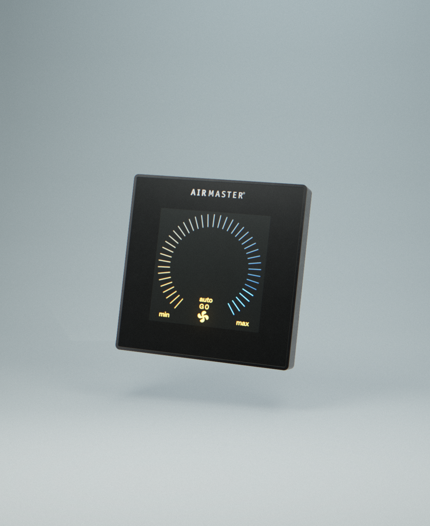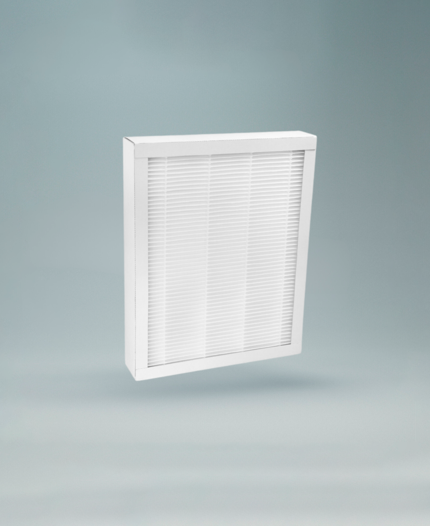From an outdated to sparkling new school with full focus on indoor climate
When the old Dybkær School (built in 1972) started showing its age, Silkeborg Municipality was faced with a large and important task:
They needed to build a modern school that met the building regulation's requirements for indoor climate and energy efficiency, while keeping daily operations affordable and manageable.
Below you can read why and how they chose to combine centralised and decentralised ventilation.










